RHODINYL ACETATE
- CAS NO.:141-11-7
- Empirical Formula: C12H22O2
- Molecular Weight: 198.3
- MDL number: MFCD00048218
- EINECS: 205-458-7
- SAFETY DATA SHEET (SDS)
- Update Date: 2024-12-18 14:08:52

What is RHODINYL ACETATE?
Chemical properties
Colorless to slightly yellow liquid; rose- like odor. Solu- ble in alcohol and mineral oil; insoluble in glycerol. Combustible.
Chemical properties
Rhodinyl acetate has a characteristic,fresh,rose-like odor.It has an analogoustaste on dilution, bitter when concentrated.
Occurrence
Found in geranium oil.
The Uses of RHODINYL ACETATE
Perfumery, flavoring agent.
Definition
A mixture of terpene alcohol acetates consisting primarily of l-citronellyl acetate.
Preparation
By acetylation of rhodinol from geranium oil.
What are the applications of Application
Rhodinyl acetate, which represents the mixed acetates of the alcohols available in the commercial product known as Rhodinol (from Geranium oil), is used in perfume compositions, mostly in luxury perfumes. It lends very attractive top- and middle-notes to Muguet, Carnation, Gardenia, Freesia, Rose, etc., and it blends well with Citrus oils, Ionones, fruity and green odours, etc. It is often used in better lipstick perfumes. Rhodinyl acetate is used in flavour compositions in discrete amounts for sweet berry types, such as strawberry and raspberry, and in honey, rose, apricot, and coconut imitations. Its use in the old-fashioned "Sen-Sen" type or "Cachou" type fragrance is well known and occasionally transferred to new versions of floral dentifrice flavours; it is sweeter than Geranium oil but tends to perform very "perfumey" at levels higher than 10 or 20 ppm, particularly in combination with Ionones and Patchouli (“Sen-Sen"-types, etc.). Normal concentration is from 1 to 20 ppm in the finished product.
Safety Profile
Low toxicity by ingestion and skin contact. A skin irritant. When heated to decomposition it emits acrid smoke and irritating fumes.
Properties of RHODINYL ACETATE
| Boiling point: | 237 °C(lit.) |
| Density | 0.896 g/mL at 25 °C(lit.) |
| refractive index | n20/D 1.4540(lit.) |
| FEMA | 2981 | RHODINYL ACETATE |
| Flash point: | 46 °C |
| Odor | at 100.00 %. red rose powdery spicy geranium citrus leafy |
| JECFA Number | 60 |
| EPA Substance Registry System | 7-Octen-1-ol, 3,7-dimethyl-, acetate (141-11-7) |
Safety information for RHODINYL ACETATE
Computed Descriptors for RHODINYL ACETATE
New Products
Methyl (R)-1-Boc-4,4-difluoropyrrolidine-2-carboxylate 2,2-Difluoropropylamine hydrochloride tert-butyl 3-bromoazetidine-1-carboxylate (R)-1-Boc-3-hydroxypyrrolidine DIFLUOROACETIC ANHYDRIDE 2,2-Difluoropropionic acid Diallylamine, 99% Calcium hydroxide, 95% Aluminum oxide, basic 2-Bromophenylacetonitrile, 97% L-tert-Leucine,97% N-Hydroxy-2-methylpropanimidamide 4-(3,4-Dichlorophenyl)-3,4-Dihydro-N-Methyl-1-(2H)-Naphthalenimine (Schiff Base) 2-AMINO-3,5-DIBROMO BENZALDEHYDE [ADBA] L-Glutamic Acid Dimethyl Ester Hcl 10-Methoxy-5H-dibenz[b,f]azepine 5-Cyanophthalide N, N-Carbonyldiimidazole (CDI) Dibenzoyl Peroxide Titanium Dioxide 2-(Methylthio) Benzonitrile Sodium Acetate Anhydrous Allopurinol 1,5-DibromopentaneRelated products of tetrahydrofuran
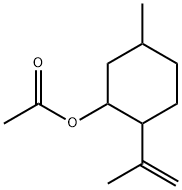
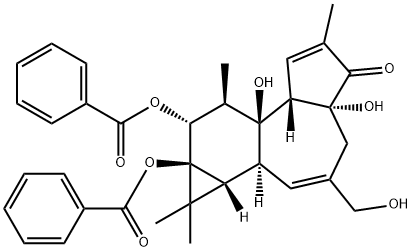
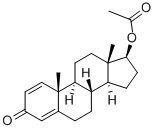
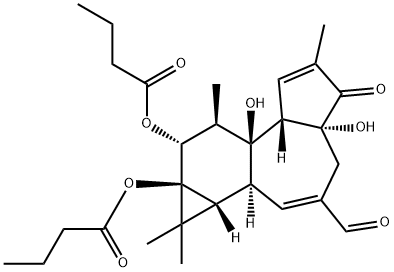
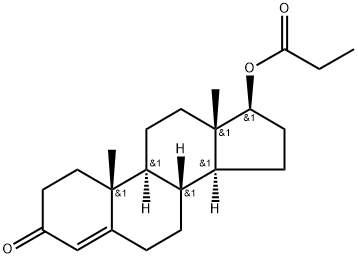
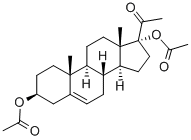
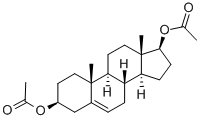

You may like
-
 141-11-7 3,7-dimethyl-oct-7-enyl acetate 98%View Details
141-11-7 3,7-dimethyl-oct-7-enyl acetate 98%View Details
141-11-7 -
![Cis-2-(Bromomethyl)-2-(2,4-Dichlorophenyl)-1,3-Dioxolane-4-Ylmethyl Benzoate [CBB] 61397-56-6 99%](https://img.chemicalbook.in//Content/image/CP5.jpg) Cis-2-(Bromomethyl)-2-(2,4-Dichlorophenyl)-1,3-Dioxolane-4-Ylmethyl Benzoate [CBB] 61397-56-6 99%View Details
Cis-2-(Bromomethyl)-2-(2,4-Dichlorophenyl)-1,3-Dioxolane-4-Ylmethyl Benzoate [CBB] 61397-56-6 99%View Details
61397-56-6 -
 287930-77-2 / 142569-70-8 99%View Details
287930-77-2 / 142569-70-8 99%View Details
287930-77-2 / 142569-70-8 -
 Ethyl-2-Chloroacetoacetate 609-15-4View Details
Ethyl-2-Chloroacetoacetate 609-15-4View Details
609-15-4 -
 CIS- BROMO BENZOATEView Details
CIS- BROMO BENZOATEView Details
61397-56-6 -
 609-15-4View Details
609-15-4View Details
609-15-4 -
![1-(6-Methylpyridin-3-Yl)-2-[4-(Methylsulfonyl)Phenyl]Ethanone [Ketosulfone] 99%](https://img.chemicalbook.in//Content/image/CP5.jpg) 1-(6-Methylpyridin-3-Yl)-2-[4-(Methylsulfonyl)Phenyl]Ethanone [Ketosulfone] 99%View Details
1-(6-Methylpyridin-3-Yl)-2-[4-(Methylsulfonyl)Phenyl]Ethanone [Ketosulfone] 99%View Details
221615-75-4 -
 27143-07-3View Details
27143-07-3View Details
27143-07-3
